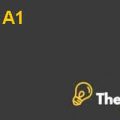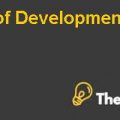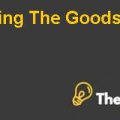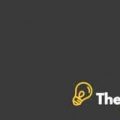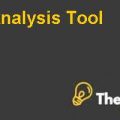
Eli Lilly and Company: Drug Development Strategy (A) Case Solution
Outlook of Pharmaceutical Industry
Pharmaceutical industry presently earns $250 billion from its sales all around the world. This industry strives towards drugs for the procurement of hazardous diseases like ulcer, hypertension, depression and etc. This industry has got a boost with innovations in products through latest technologies. However, combinatoric chemistry has been found as a modern technology for naturally occurring compounds.
In the U.S food and Drug Administration each drug is passed with its three phases that include:
Phase I: It involves testing of clinical safety
Phase II: This is assessment of drug efficacy
Phase III: It entails testing adverse effects from long – term use.
It invested heavily in R&D of the products. Moreover, 15% – 20% of the profit margin was achieved. The reason behind this was that the drug approval took time about 14.8 years. Furthermore, the law allowed for expiry of a patent of 20 years, which means that approval time costs more for a patent’s time. In return, only 7 of the 10 products are failed in returning the investment of the products. By the 1990s ,the annual sales were $ 1billion from the industry of only 14 products.
Industry Analysis by Porters five forces
Porter’s five forces analysis has been performed of the pharmaceutical industry, which evaluates the features of the industry.
Bargaining power of buyer
As the industry is in a booming period and as the customers are reducing on a day to day basis, therefore the company can bear the loss of its customer if someone else gets innovations of drugs.
Bargaining power of supplier
The bargaining power of supplier is moderate in the industry, and that is because the suppliers are allowed to provide material of the medicines to the authorized firms only. Thus, the supplies are easily available to the companies who have authentication of the organization.
Threat of Rivalry
There are many companies that are investing in the development of their medicines in order to get more market shares, however they are not able to as they do not invest enough. Although they sell their products at low cost due to less investment in R&D therefore, it is expected that the threat from other companies is high in the industry.
Threat of substitute
In the industry, there are number of companies that are competing with the low–price advantage and these companies invest less on the development of their products. However, they put enough efforts to get the advantage of their daily innovations, hence every company has the threat of substitute based on innovations.
Threat of new entrants
There are numerous companies in the pharmaceutical industry, however they do not invest enough but they need to invest a proportion of their sales to the R&D, as this procedure requires a lot of capital which is why the threat of new entrants is anticipated as low in the pharmaceutical industry.
Analysis of Eli Lilly Pharmaceuticals
Eli Lilly(Lilly) was established in 1876, in Indiana Polis. In the mid of 1990s,it sold to over 150 countries, which increased its sales to $5.7 billion.Moreover, it has been famous for discovering products against harmful diseases. In addition to this, it developed human insulin in 1980 as well as anti-depressant Prozac.
In between 1991 and 1993 Lilly reduced the stock by $1 billion. In response to that the company decided to focus on its core competencies (discovery, development, production and distribution of drugs) further and sold the medical device and diagnostic unit.
The company produces and sells its products in two categories:
1. Human pharmaceutical products and
2. Animal pharmaceutical products...........................
This is just a sample partial case solution. Please place the order on the website to order your own originally done case solution.

